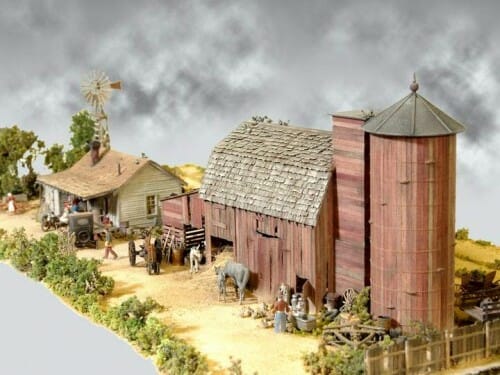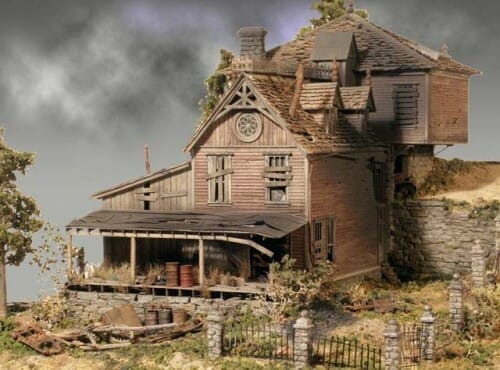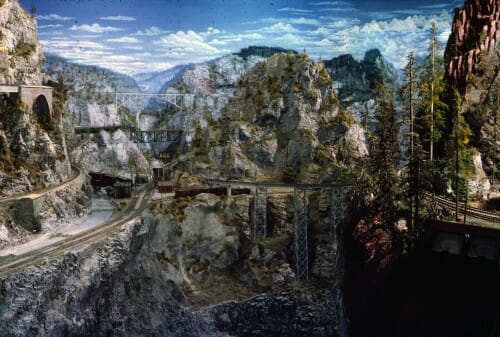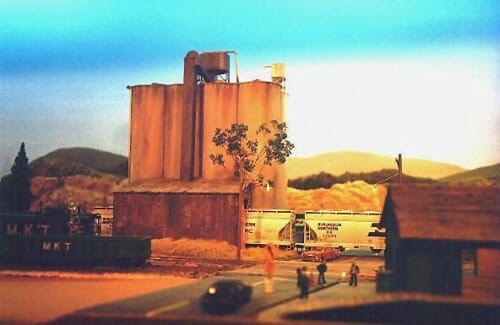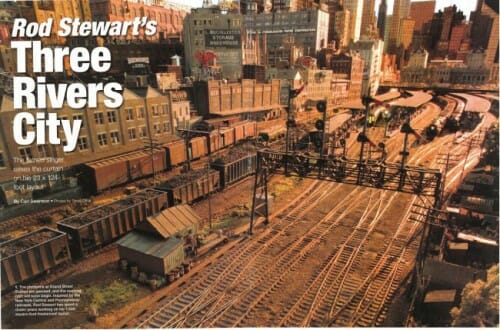Bragging Rights
I think the table I built for our new hobby room came out pretty well. Having only really done woodwork on speakers, I am most comfortable working with mdf so this is mdf with an alder veneer to match the cabinets in the room. Because I knew the slab of marble (a scrap we found at the stone store on discount) was going to be super heavy (something like 400 pounds) the table is built super solid. I will say that modern design is much easier to build than something antique-looking - really this is only rectangular boxes and frames so it was pretty easy.
Taking in account the over-designed pedestals that are 3/4 inch mdf with interior baffles, this whole things weighs almost 500 pounds. I observed to my wife, who wants to use it as a cutting table, that it would make an awesome beer pong table. Perhaps when she is out of town we will have a coyoteblog get-together to try it out in that mode.
Next up, I finally have small room to do my model railroading in so I will be boring you with updates on that particularly geeky hobby.
Postscript: Yes, I run parks and I like model trains, like Ben in Parks and Rec:
- Ben is a fan of model trains, Game of Thrones (his eBay username is "Tall Tyrion Lannister",a reference to a character from the franchise), Batman (he purchased a Batman suit when he joined Donna and Tom for Treat Yo Self), Star Trek (he writes Star Trek fanfiction, and had expressed a preference for Captain Picard over Captain Kirk), Fringe, Harrison Ford, Twin Peaks, Homeland, and Star Wars (among other things).
- Ben is a "nationally ranked" player of Settlers of Catan
I am comfortable with all of this except perhaps for the preference for Picard over Kirk.

